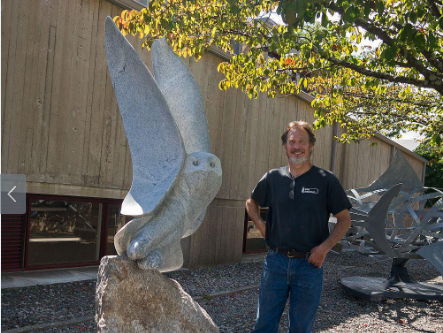
Lo scultore Andreas von Huene
Andreas von Huene: Come trovare l’anima della pietra
by/di Pamela Goldman (traduzione in italiano al fondo pagina)
How did you begin sculpting?
Andreas von Huene: «A very kind volunteer at Boston Children’s Hospital brought me clay with which to work while my leg mended. She returned with glazes by which to make my castle tower, canoe, and turtle come alive. I was raised within a vibrant culture of musicians, musical instrument makers, and books that valued the power of combining ideas, art, and action. My sculpture career started with a public art competition for an island school».
What are your greatest artistic influences?
A. von H.: «Love Aunts, who were the elegant docents of The Museum of Fine Arts in Boston, took me on personal tours of the museum while my parents gave evening concerts there. This steeped me in art and the boldness and power of the ancient sculptures which still inspire me. Thousands of years of artists have contributed to the richness we enjoy. The imaginative courage of my contemporaries shows how one can realize ideas beyond convention».
Does a spiritual or higher realm play a role in your art? If so how do you employ it in the act of creating?
A. von H.: «You ask a wonderful question. I feel that spiritual life and higher realms employ me in a sort of service. It feels as if I am to share joy through my subjects, mediums, and manipulations and to somehow excite the imagination of my audience. I also feel the need to work with care as a way of exalting the value of love. I thrive in the world of sculpture for the wide and deep range of understandings and work it calls together. Spiritual and higher realms open invitations to possibilities of imagination beyond the familiar- and even into mystery. Einstein is known for thought experiments that took his intellect on legendary journeys. A trip you say?»
What is your relationship to the geological and natural order as you bring your sculptures into being?
A. von H.: «A Glacier inexorably grinds and polishes rock and releases gold. Nature has evolved creatures of great character. I thrill at combining these to share energy in the form of art. Observing the natural orders in depth leads to understanding both the richness of forms to be found and how widely differing designs can be successful. Working in the abstract realm also draws on nature’s lessons in composition. Often working in stone, I revel in the many choices. One hears the adage: ‘The Stone Rules’. Gneiss, for example, resembles granite but offers a grain with visual movement. Understanding how a particular stone cleaves under the chisel is part of dancing with its character- and working it with the care that reflects love. Don’t we delight in the grand forms of mountain and valley as well as the exquisite gifts of seashell and flower?»
Working with stone, how and why do you cultivate the virtues of tenderness and strength when handling such material? Why is this so important?
A. von H.: «Stone is an alluring contradiction of gravity, strength, and fragility. The inertia of a heavy piece being moved means edges and corners are vulnerable. These same details are however, critical artistic devices by which we are able to discern the core. Much art made of stone carries a style that evokes mass and gravity. I revel however, in creating lightness in order to lift the art into life. Granite can slow the process of creation down to a pace that allows time for thought and inspiration. Yet it can also, thanks to today’s tools and the accumulation of insight thousands of years in the making, be shaped at exhilarating speed. After the Olympic sport of carving large forms, the creation of details, textures, and surfaces, even polishing, are as subsequent invitations to the dance. Handling stone roughly can break off important bits and also set up fissures to be found later. Treating it gently is more in keeping with developing a new friendship that is rich in character».
Is there a personal message or theme you would like to impart to those who experience your work; an idea, philosophy or concept that rings true which you would like to share?
A. von H.: «There is marvel and delight in the world around us as well as in our imaginations and spirits. As artist, I seek to share these through the characters I create. I endeavor to bring life to my media and to develop the character of each work. From the overarching forms to the most enticing details, I seek to lift and honor the subject and engage my audience. The wide range of my projects is my grand adventure. Observing my colleagues, it seems that sculpting is about pulling many energies together into an object that then shares its power- forever».
This exhibit was compiled by Pamela Goldman, Curator and Founder of Museum Mile Contemporary, a non-profit institution.
To send a message to the artist or the administration click the link: https://www.museummilecontemporary.org/
The artist’s website:
https://andreasvonhuene.com
Andreas von Huene: «To be discovered by a museum feels as a grand affirmation. To be unwrapped by a curator such as Pamela Goldman is a most enlightening experience. Goldman’s questions, tailored to each artist, lead to a deeper examination and sharing. Reading her interviews, with artists celebrated by Museum Mile Contemporary Art Museum, reveals this longstanding pattern of paying attention to what the artist has to say. Here, beyond professionalism, lies the realm of human involvement – and this is where art thrives».
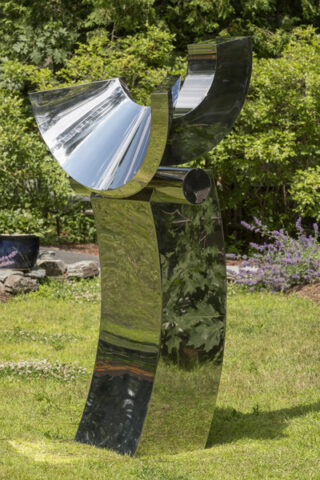
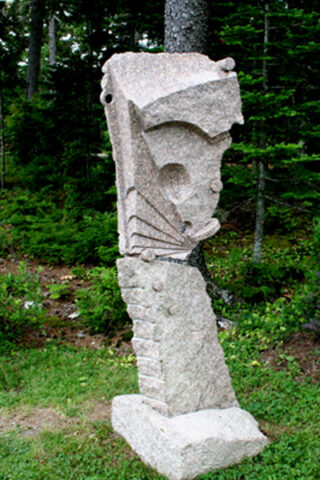
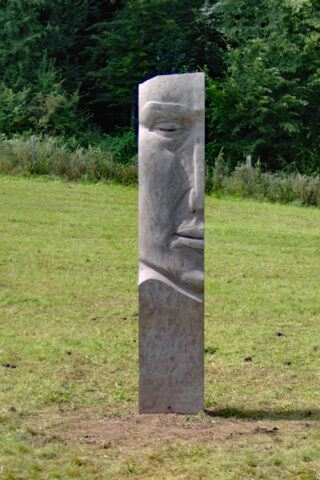
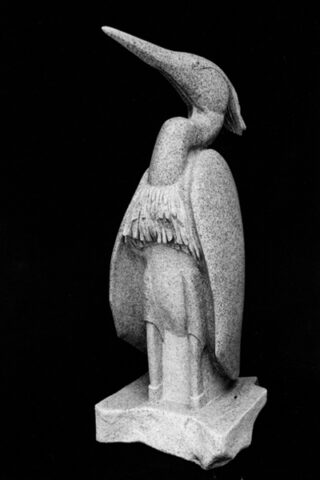
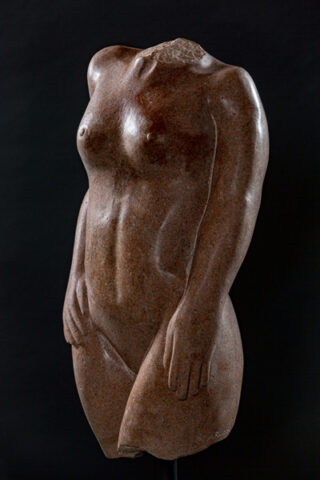
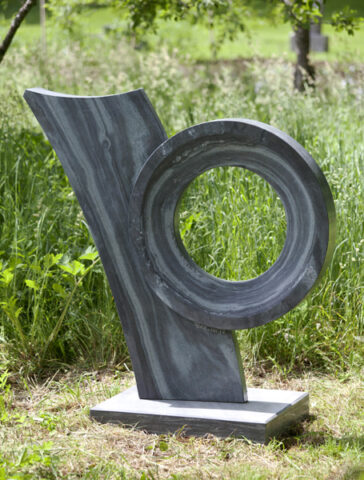
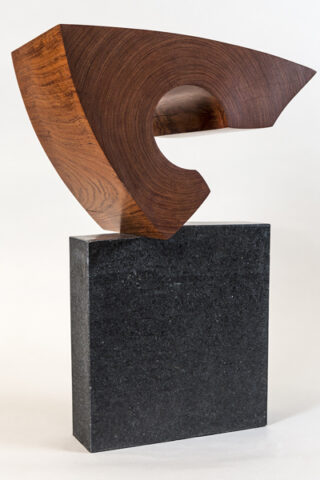
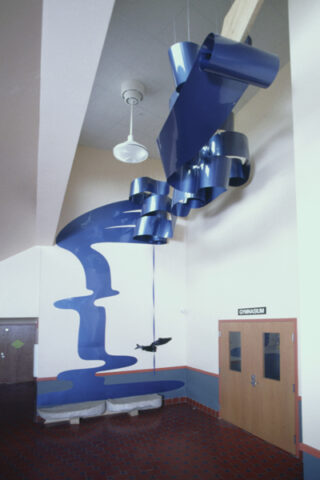
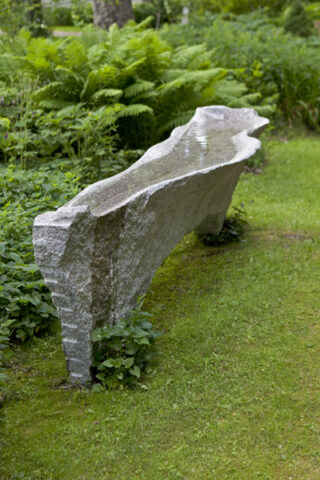
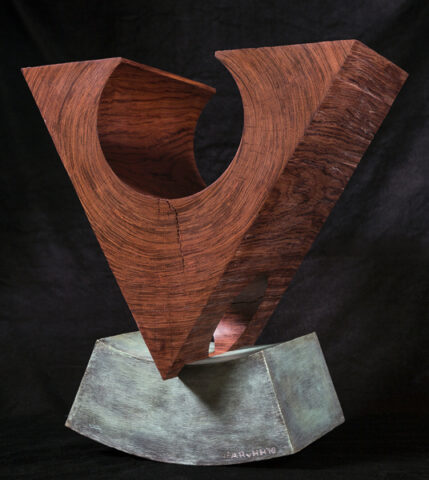
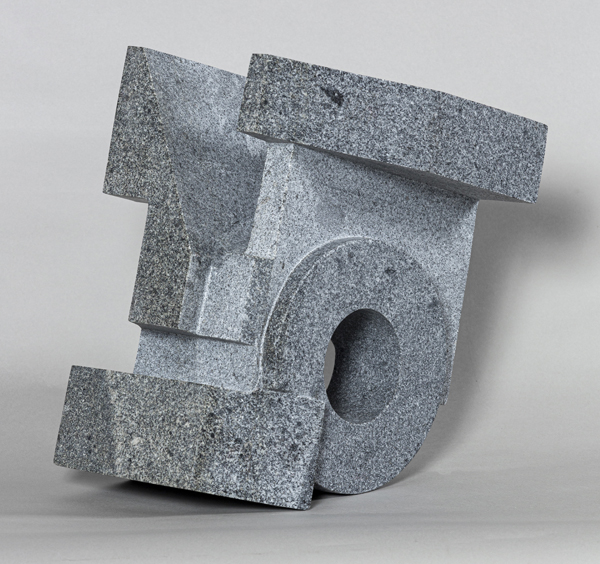
Traduzione in italiano
di Simona Maria Frigerio
Come ha iniziato a scolpire?
Andreas von Huene: «Un volontario molto gentile del Boston Children’s Hospital mi portò della creta con la quale lavorare mentre la mia gamba guariva. Poi tornò con smalti con i quali ravvivare la mia torre del castello, la canoa e la tartaruga. Sono stato cresciuto all’interno di un milieu vibrante di cultura musicale – con musicisti, fabbricanti di strumenti musicali, e libri che valorizzavano il potere di unire idee, arte e azione. La mia carriera di scultore è iniziata con un concorso pubblico per una scuola dell’isola».
Quali artisti l’hanno influenzata maggiormente?
A. von H.: «Le ‘Love Aunts’, ossia le eleganti docenti del Museum of Fine Arts di Boston, mi hanno accompagnato in tour individuali del museo mentre i miei genitori vi tenevano i concerti serali. Questo mi ha immerso nell’arte e l’audacia e il potere delle sculture dell’antichità hanno continuato a essere fonte di ispirazione. Migliaia di anni di lavoro di artisti hanno contribuito alla ricchezza che noi ci godiamo, oggi. Il coraggio immaginativo dei miei contemporanei mostra come si possano realizzare idee aldilà delle convenzioni».
Una dimensione spirituale o superiore gioca un ruolo nella sua arte? Se è così, fa parte dell’atto della creazione?
A. von H.: «Questa è una domanda meravigliosa. Sento che la vita spirituale e una dimensione superiore mi impiegano in una sorta di servizio. Sento come se dovessi condividere la mia gioia attraverso gli oggetti che creo, i medium, e le manipolazioni – in modo da stimolare l’immaginazione dei miei spettatori. Sento altresì il bisogno di lavorare con attenzione in maniera tale da esaltare il valore dell’amore. Mi impegno nel mondo della scultura per le conoscenze ampie e profonde e per il lavoro che esige. Le dimensioni spirituale e superiore aprono a possibilità di immaginazione aldilà di ciò che è familiare – e persino al mistero. Einstein è noto per aver pensato esperimenti che hanno portato il suo intelletto a fare viaggi leggendari. Li chiamate ‘trip’?»
Qual è la sua relazione con l’ordine geologico e naturale mentre dà vita alle sue sculture?
A. von H.: «Un ghiacciaio inesorabilmente macina e lucida la roccia liberandone oro. La natura ha permesso l’evoluzione di creature di gran carattere. Mi emoziono combinando tutto ciò così da condividere le energie in una forma d’arte. Osservare l’ordine naturale in profondità porta a comprendere sia la ricchezza delle forme che si possono trovare sia come disegni molto diversi possano avere successo. Lavorare nel regno astratto attinge anche alle lezioni della natura in fatto di composizione. Spesso, lavorando con la pietra, gioisco della molteplicità delle scelte. Si sente l’adagio: ‘La Pietra detta le Regole’. Lo gneiss, per esempio, assomiglia al granito ma offre una grana con un movimento visuale. Comprendere come una pietra particolare si scinde sotto il cesello fa parte di una danza che intreccio con le sue caratteristiche – e lavorarla con attenzione significa amarla. Non ci deliziamo, forse, con le forme maestose di una montagna e di una valle così come dei regali squisiti di una conchiglia e di un fiore?»
Lavorando con la pietra, come e perché coltiva le virtù della tenerezza e della forza quando maneggia un tale materiale? Perché è importante farlo?
A. von H.: «La pietra è una contraddizione seducente di gravità, forza e fragilità. L’inerzia di un pezzo pesante che è mosso comporta che spigoli e angoli diventino vulnerabili. Tali dettagli sono, in ogni caso, accorgimenti critici grazie ai quali riconosciamo il nucleo/il nocciolo. Molte opere artistiche in pietra hanno uno stile che evoca massa e gravità. Tuttavia io mi diletto nel creare leggerezze così da elevare l’arte alla vita. Il granito può rallentare il processo creativo a una velocità che permette di prendersi il tempo necessario per pensare e sentirsi ispirati. D’altro canto, può anche essere modellato a una velocità esaltante – grazie agli strumenti moderni e all’esperienza nella lavorazione accumulata in migliaia di anni. Dopo le Olimpiadi, lo sport di scolpire grandi forme, la creazione dei dettagli, le trame, e le superfici, persino la finitura, sono stati interpretati come successivi inviti alla danza. Maneggiare la pietra in modo grossolano può causare la rottura di pezzi importanti e crepe che saranno rilevate solo successivamente. Trattarla gentilmente ha a che vedere con lo sviluppo di un’amicizia con una ricca personalità».
Vi è un messaggio personale o tema che vorrebbe condividere con coloro che sperimentano i suoi lavori; un’idea, una filosofia o una concetto che le suona vero e vorrebbe compartecipare?
A. von H.: «Vi sono meraviglia e piacere nel mondo che ci circonda così come nella nostra immaginazione e nel nostro spirito. Come artista, cerco di condividere queste emozioni attraverso le forme che creo. Mi impegno a dare vita ai miei media e a sviluppare il carattere di ciascun lavoro. Dalle forme dominanti ai più suadenti dettagli, tento di sollevare e onorare il soggetto e impegnare la mia audience. L’ampia gamma dei miei progetti è la mia grande avventura. Osservando i miei colleghi, mi pare che la scultura riguardi l’unione di più energie in un oggetto che, poi, comparteciperà il proprio potere – per sempre».
Mostra virtuale a cura di Pamela Goldman, Curatore e Fondatore del Museum Mile Contemporary, istituzione no-profit.
Per inviare un messaggio all’artista o all’amministratore del sito, cliccare: https://www.museummilecontemporary.org/
Il sito web dell’artista:
https://andreasvonhuene.com
Andreas von Huene: «Essere scoperti da un museo suona come un’affermazione importante. Essere svelati da un curatore come Pamela Goldman è un’esperienza illuminante. Le sue domande, pensate per ogni artista, portano a un esame approfondito e alla condivisione. Leggere le sue interviste agli artisti celebrati nel Museum Mile Contemporary Art, rivela un modello consolidato che pone attenzione a ciò che l’artista ha da dire. Oltre alla professionalità, vi si ravvede il coinvolgimento umano – e qui è dove l’arte fiorisce».
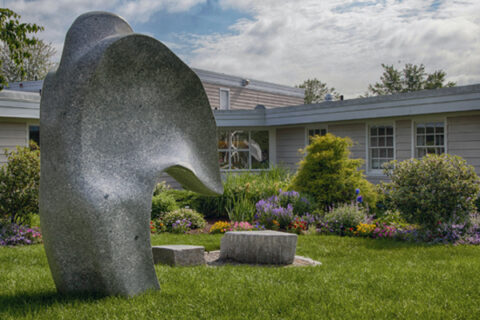
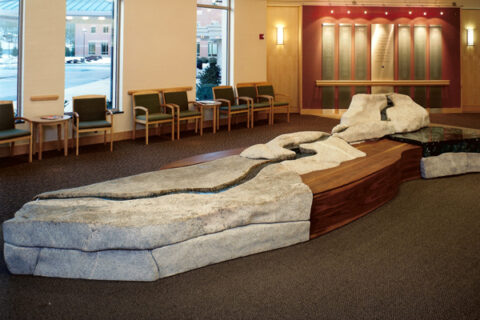
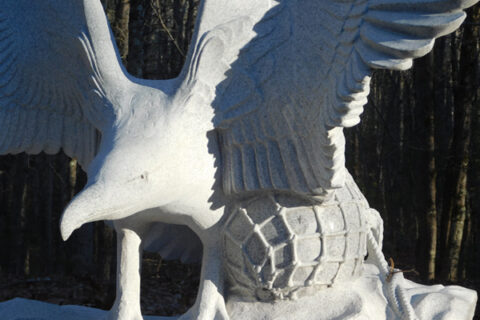
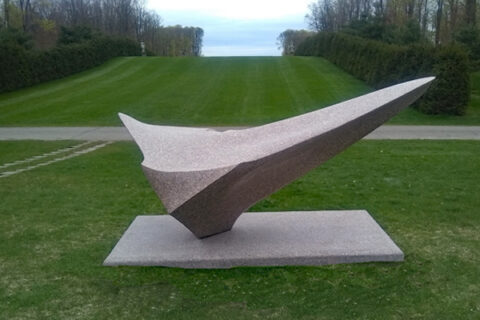
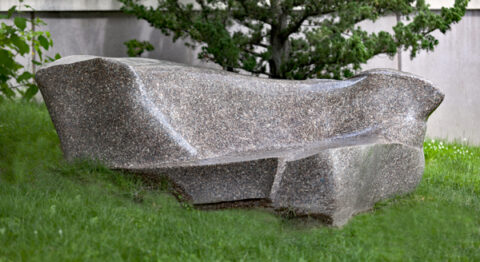
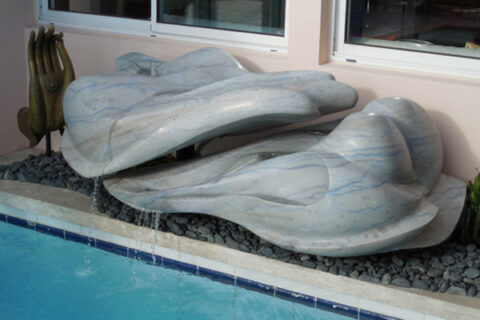
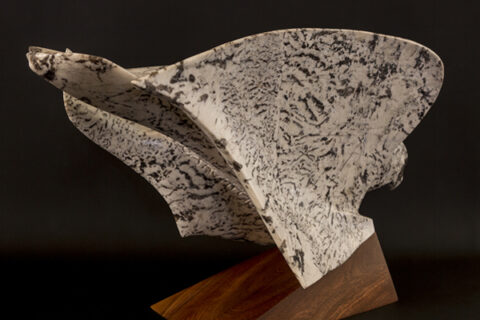
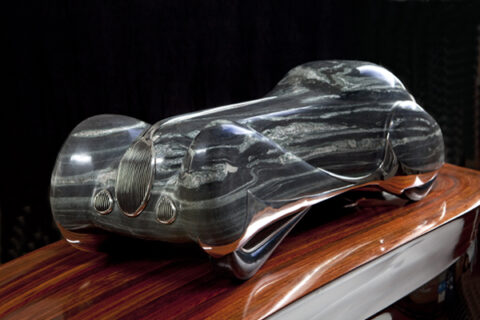
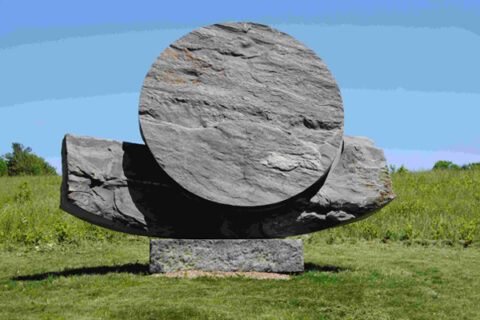
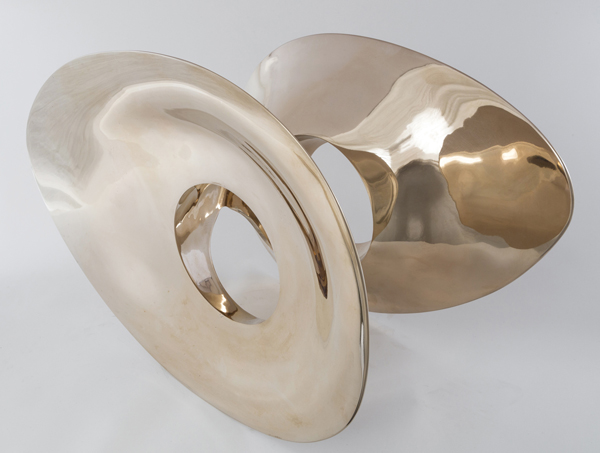
Friday, May 26, 2023 / venerdì, 26 maggio 2023
On the cover: a portrait of the artist; in the article: all images, courtesy by the artist ©Andreas von Huene (all rights reserved. Reproduction prohibited) / In copertina: un ritratto dell’artista; nell’articolo: tutte le immagini, courtesy l’artista ©Andreas von Huene (tutti i diritti riservati. Vietata la riproduzione)







